Public relations and publicity, while interrelated, have distinct roles. Public relations focuses on strategically managing a company’s public image, fostering relationships, and aligning a reputation with long-term company goals. It’s about more than just awareness—it’s about perceptions and relationships. On the flip side, publicity is part of public relations that aims to generate immediate attention through media coverage. It’s mainly about creating a buzz and getting a name out there, often without direct control. If you’re interested in digging deeper into these intriguing communication strategies, don’t stop here. There’s plenty more to unearth.
Understanding Public Relations and Publicity
Let’s kick off by unpacking the definitions of public relations and publicity.
You’ll get a sense of the core differences between these two crucial facets of communication.
Definitions and Fundamental Differences
To comprehend the key distinctions between Public Relations and Publicity, it’s first essential to define each term in its context. Public Relations involves strategic communication processes aimed at fostering mutual understanding and relationships between an organization and its public. It’s about handling a positive public image and cultivating a reputation that resonates with the organization’s goals.
On the other hand, the definition of publicity is a subset of Public Relations. Publicity focuses on generating immediate, often short-term, attention and buzz through media coverage. It’s generally about creating awareness rather than managing relationships or perceptions.
Publicity aims to make a company, product, or individual known to the public, often through media exposure.
Key Objectives and Outcomes
When you delve into the key objectives and outcomes of both publicity and public relations, you’ll find that they each serve distinct purposes.
Publicity is primarily about gaining public attention, enhancing public visibility through earned media. The primary goal here is to generate immediate attention and interest, often without the organization’s direct control. It’s about making noise, about getting your name out there, about creating a buzz.
On the other hand, public relations is much more strategic and long-term. It’s about relationship management, fostering positive community and investor relations. A public relations strategy aims at creating a positive public image over the long haul. It’s about understanding the difference between what’s in the public interest and what’s just interesting to the public.
Therefore, while publicity seeks to make a quick splash, public relations is about carefully crafting and maintaining a positive reputation. It’s a sustained effort to build and manage relationships, to communicate effectively with various stakeholders, and to shape public perception.
The ultimate aim is to not just capture the public’s attention, but to win their trust and support for the long term.
The Role of Public Relations
You’ll find public relations playing a vital role in any organization, shaping public perception and fostering lasting relationships.
From handling the company’s reputation to managing media engagement and crises, the responsibilities are vast and varied.
Let’s explore some real-world examples to better understand how these strategies are put into play.
Strategic Communication and Relationship Management
Often, Public Relations plays a critical role in strategic communication and relationship management, focusing on stakeholder engagement, reputation management, and media relations. The strategic communication process in Public Relations involves creating and delivering compelling messages to the right audience at the right time. It’s about engaging stakeholders, fostering mutually beneficial relationships, and managing your organization’s reputation.
Stakeholder engagement in PR is about building relationships with those who’ve a vested interest in your organization. It’s about creating public awareness, understanding their needs, and facilitating meaningful dialogue.
Reputation management is another key aspect of PR. It’s about shaping public perceptions and maintaining a positive reputation. Effective PR strategies are designed to protect and enhance your organization’s reputation, especially in an era where negative media attention can quickly damage an organization’s image.
Media relations, on the other hand, is about nurturing relationships with the media. It’s about working with the media to generate positive media attention, and using the media to communicate your organization’s key messages to the public.
Examples of Public Relations Activities
Building on the strategic communication and relationship management aspects of Public Relations, let’s explore some typical PR activities and how they contribute to achieving broader organizational goals.
One common public relations activity is issuing press releases. This strategic communication tool is used to announce newsworthy items, create awareness, and garner media attention or coverage. Remember, where publicity may focus on a single event or piece of news, PR is about building and maintaining a positive public image over time.
Social media management is another key PR activity. It involves curating content, responding to comments, and promoting engagement with your audience. A strong social media presence can help in gaining public visibility and fostering relationship management with your stakeholders.
Event planning, another PR activity, is about more than just logistics. It’s about creating experiences that reinforce your brand’s image, values, and messages, leading to stronger relationships with your audience.
Lastly, media interviews can provide an opportunity to control your narrative. Properly handled, they can enhance your public image, manage potential issues, and highlight your successes.
The Dynamics of Publicity
Let’s now shift our focus to the dynamics of publicity.
You’ll find how specific tactics and tools are used to gain immediate media exposure and stir public interest.
We’ll also explore successful publicity campaigns, and the methods organizations use to generate media buzz.
Tactics for Gaining Media Exposure
To maximize media exposure through publicity, it’s crucial to leverage media outreach, craft compelling press releases, and orchestrate engaging media events. The primary goal of publicity is to gain short-term attention and highlight specific events or announcements. When done effectively, these publicity tactics can significantly increase your visibility.
- Media Outreach:
This involves developing relationships with journalists, bloggers, and influencers who can help spread your message. By leveraging media contacts, you can ensure that your announcements reach a wide audience. - Press Releases:
These are official statements that provide information about specific events or developments. A well-crafted press release can grab the attention of media outlets and stimulate interest in your story. - Media Events:
These are staged activities designed to attract media coverage. From press conferences to product launches, media events offer an opportunity to showcase your brand and engage with the media directly.
Examples of Publicity Tools and Methods
Having explored how to maximize media exposure, we can now look at specific tools and methods used in publicity, such as media kits, press conferences, and influencer partnerships.
Publicity is often seen as a subset of public relations, but it has its unique tools. Media kits, for instance, are packages of promotional materials distributed to members of the media for promotional use. These kits can include press releases, company information, high-quality images, and more, all designed to shape the public image by the company.
Press conferences are another tool, used to make significant announcements or address issues publicly. Here, professionally handling a positive public image is critical.
Influencer partnerships have become increasingly popular. They involve collaborating with individuals who’ve a large online following to promote a product or service through social media posts.
Email marketing, another effective publicity tool, involves sending targeted messages to a specific audience to promote a product, service, or event.
Comparing the Impacts
Let’s compare how public relations and publicity impact an organization.
First, consider control over messaging and the nature of communication – is it positive, negative, or a mix of both?
Then, think about the outcomes: short-term visibility from publicity versus long-term strategic benefits that come with public relations.
Control and Nature of Communication
While you may think of publicity and public relations as similar concepts, it’s important to understand the difference in control and nature of communication between the two.
In public relations, control over the strategic communication process is a key characteristic. PR professionals plan, manage, and carefully execute communication strategies to align with their business objectives. The primary goal is to build mutually beneficial relationships with stakeholders and maintain a positive-focused nature.
On the flip side, publicity involves creating media buzz and getting the word out about a product, event, or organization. However, the control over this process can be minimal, making it potentially unpredictable and uncontrollable. Once the news is out there, it can take on a life of its own, either helping or hurting the image of the entity involved.
To sum it up:
- Public relations is a controlled, strategic process aimed at building long-term relationships and maintaining a positive image.
- Publicity is less controllable, can be unpredictable, and focuses on gaining immediate media attention.
- Both play crucial roles in an organization’s overall communication strategy, but the control and nature of communication in each differ significantly.
Long-term vs. Short-term Impact
Often, you’ll find that the impact of public relations is more long-term and strategic, contrasting with the immediate yet fleeting influence of publicity. The strategic communication process of PR encompasses the management of relationships with key stakeholders, leading to a long-term impact. It’s about nurturing mutually beneficial relationships that withstand the test of time.
On the other hand, publicity seeks a strong presence in the media for short-term impact. The publicity goals are typically more immediate, such as generating buzz or promoting a specific event. The effects are usually dramatic and immediate, but they may not have the staying power of broader public relations efforts.
Public relations is an ongoing effort that builds over time, creating a positive reputation and a strong relationship with the public. This is a slow process, but it’s one that can lead to significant benefits in the long run.
Contrarily, publicity is more about seizing the moment. It can give you a quick boost, but it’s not designed to last. The relationship between an organization and its public is more transactional and less enduring.
Hence, both have their place in a comprehensive communications strategy, serving different but complementary roles.


